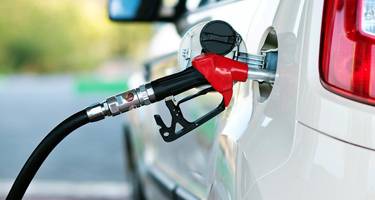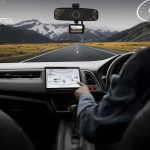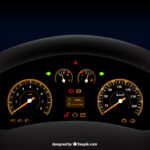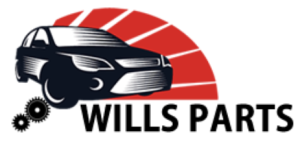Ways to improve fuel efficiency

Your fuel economy is strongly influenced by how you drive. When driving efficiently and staying below the posted speed limit, you can get more miles per gallon of gas than when you are speeding or accelerating quickly from a stop. To achieve greater gas mileage, remember these 10 suggestions. You might end up using less gas and saving money.
- Prepare travel plans.
Before you go, plan your route to cut down on pointless detours and loopbacks. Steer clear of busy hours. Combine errands and visit “one stop stores” to do many tasks in one location (banking, shopping, etc.).
- Be aware of your speed
On most cars, fuel efficiency reaches its optimum around 50 mph before declining as speed rises. Fuel economy can be improved by 7 to 14% by reducing highway speeds by 5 to 10 mph. - Be cautious when driving
Avoid “jack rabbit” starts, quick acceleration, and harsh braking since these can reduce fuel economy by 10 to 40% in stop-and-go traffic and by 15 to 30 percent at highway speeds.
- Reduce standby time.
A car engine uses between 1/4 and 1/2 gallon of fuel per hour while it is idling, but it only needs around 10 seconds’ worth of fuel to restart once it has warmed up. If it is safe to do so, if you are going to be stopped for longer than a minute, turn off your engine. - On toll roads, use a “quick pass”
You can utilize the express lane on toll highways if you have a pre-paid pass, which reduces or eliminates stops and slowdowns at tollbooths. - Avert traffic jams
Use flexible scheduling to avoid traveling during periods of heavy traffic. - Consider the state of the roads
To maintain momentum and prevent needless stop and go, watch the traffic in front of you and “timing” the stoplights.
8. Apply the cruise control.
On the highway, keeping your speed constant helps you save gas. On slick roads, however, never utilize cruise control as it could result in loss of vehicle control.
- Change gears quickly
Upshift as soon as it is reasonable to do so if your car has a manual transmission. Use the brakes to come to a stop. To slow the automobile down, don’t downshift - Make the engine warm by driving.
Start the car’s engine while it’s cold outside, and then drive it normally to warm it up. Driving saves gas because it gets the engine up to working temperature more quickly.







